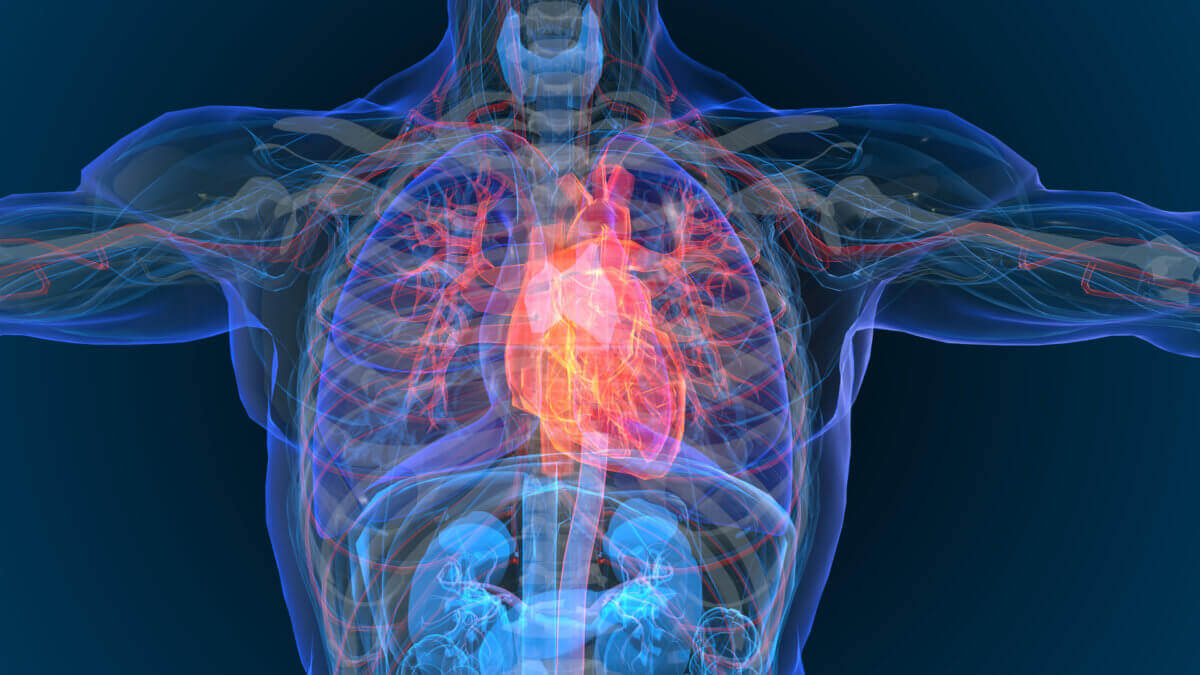WATERLOO, Ontario — Just in time for Valentine’s Day, scientists have developed a new revolutionary hydrogel to mend a literal “broken” heart. University of Waterloo researchers spearheaded the creation of this synthetic material, which is poised to offer new hope to patients across the globe.
The hydrogel, derived from cellulose nanocrystals found in wood pulp, is designed to mimic the fibrous nanostructures and biomechanical properties of human tissue. This innovative approach not only aims to repair heart tissue damaged by heart attacks but also to revolutionize cancer treatment by enabling personalized therapies.
“Cancer is a diverse disease and two patients with the same type of cancer will often respond to the same treatment in very different ways,” says Dr. Elisabeth Prince, a chemical engineering researcher at the University of Waterloo and director of the Prince Polymer Materials Lab, in a university release. “Tumor organoids are essentially a miniaturized version of an individual patient’s tumor that can be used for drug testing, which could allow researchers to develop personalized therapies for a specific patient.”
Dr. Prince has been at the forefront of designing these synthetic biomimetic hydrogels for biomedical applications. The hydrogels boast a nanofibrous architecture, allowing for the efficient transport of nutrients and waste, which is crucial for cell interaction and the mechanical properties of the material.
Dr. Prince’s work focuses on utilizing these hydrogels to foster the growth of tumor organoids from donated tissue, aiming to test cancer treatments on these replicas before they are administered to patients. This innovative strategy holds the potential to significantly advance personalized medicine. Researchers are also exploring the use of these biomimetic hydrogels in regenerative medicine, particularly in the context of heart repair.
“We are building on the work that I started during my PhD to design human-tissue mimetic hydrogels that can be injected into the human body to deliver therapeutics and repair the damage caused to the heart when a patient suffers a heart attack,” explains Dr. Prince.

This method employs nanofibers as a scaffold to support tissue regeneration, a technique that represents a significant leap forward from current practices in tissue engineering and 3D cell culture, which generally lack the nanofibrous structure of natural human tissue.
Looking to the future, Dr. Prince is investigating the incorporation of conductive nanoparticles into the hydrogels. This advancement could lead to the creation of electrically conductive gels capable of healing not just heart tissue but also skeletal muscle tissue, further broadening the potential applications of this technology.
The study is published in the journal Proceedings of the National Academy of Sciences.
Understanding Heart Disease Treatments
Heart disease encompasses a range of conditions affecting the heart, including coronary artery disease, heart attacks, congestive heart failure, and congenital heart defects, among others. With advancements in medical science, there are now various treatments available, each tailored to the specific type of heart condition a patient has.
- Statins: Lower cholesterol levels to prevent further artery blockages.
- Blood Pressure Medications: Include ACE inhibitors, beta-blockers, and diuretics to lower blood pressure and reduce heart workload.
- Anticoagulants: Help prevent blood clots, reducing the risk of heart attacks and strokes.
- Antiplatelets: Such as aspirin, reduce the risk of clot formation.
- Nitroglycerin: Used for angina to widen blood vessels and improve blood flow to the heart muscle.
You might also be interested in:
